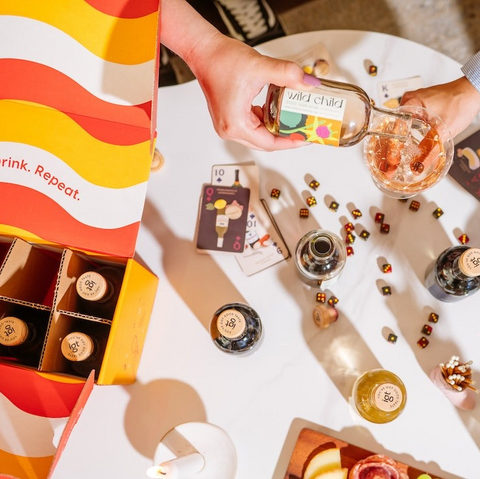Discover Tempranillo, the Spanish Wine
As the third most popularly grown grape in the world and one of the nine noble red grapes, Tempranillo is one of the oldest known wine grapes in the world, and it makes some pretty impeccable wines. This Old World, Spanish beauty has a pretty interesting tale to tell, so let’s take a trip across the Atlantic to the Iberian Peninsula to learn a little bit more about the storied Tempranillo.
History, Origin, and Name Meaning of Tempranillo
When translated, Tempranillo means “little early one” in Spanish. Tempranillo ripens earlier than other grapes, hence the fitting name. It is believed that these early-ripening grapes were brought to the Iberian Peninsula into modern-day Spain by the Phoenicians over 3,000 years ago, so needless to say, Tempranillos are nothing new to the wine world. It is thought that Tempranillo was introduced to the West in the 17th century by Spanish conquistadors in their travels. Today, 80% of the world’s Tempranillo is grown in Spain, and is most common in the Rioja, Navarra, Douro, and Ribera del Duero regions.


Is Tempranillo a Varietal or a Blend?
Bottles of Tempranillo wine are most often single-varietal, however, this neutral grape is quite versatile and in some regions of Portugal and Spain, Tempranillo is used to create luscious and full-bodied red blends.

How is Tempranillo Made?
Tempranillo and oak are a match made in heaven, so most bottles of Tempranillo you find will be aged in American or European oak barrels for some amount of time. American oak, which is denser than French oak, is typically preferred because of its stronger flavors of spice and wood sugars.

To determine how much time Tempranillo has been aged, there are a few terms to be familiar with: Vin Joven, Crianza, Reserva, and Gran Reserva. This represents a sort of scale that tells how long the Tempranillo has been aged, with Vin Joven having little to no oak aging and Gran Reserva having 18-24 months of aging. If you’re dying to try a Tempranillo on the longer end of the aging scale, be prepared for a heftier price tag!

How to Serve Tempranillo
Unlike most red wines, the best way to enjoy Tempranillo and experience its full range of flavors is by serving it slightly chilled at about 60 degrees Fahrenheit. A red wine glass is the best drinking vessel for your newly discovered Tempranillo.
Tempranillo is an amazing food-friendly wine! It’s the perfect partner to a charcuterie board with cured meats and cheese, steak, gourmet burgers, lamb, tomato-based dishes, roasted vegetables, and Mexican food.

See, Smell, and Tasting Notes
The color of Tempranillo ranges from a bright, ruby red to a rustier garnet. Tempranillo’s aroma also has quite a variety, with a wide array of scents from strawberries, black currants, and cherries from less oaked varieties to prunes, chocolate, leather, and tobacco from those that have been aged longer.
The tasting notes of Tempranillo also vary depending on the length of time that it’s been aged. Younger Tempranillos will exhibit notes of red fruit like cherry and sometimes even tomato. Aged Tempranillos will have a deeper, fuller flavor, with notes of plum and leather.


Tempranillo is a wine with staying power, seeing that it’s been around approximately 3,000 years. But, who’s counting, right? Pour yourself a glass of this time-tested vino, and picture yourself enjoying it while overlooking the Spanish countryside. Cheers!












